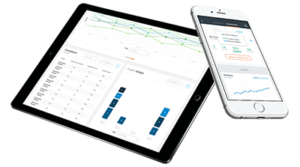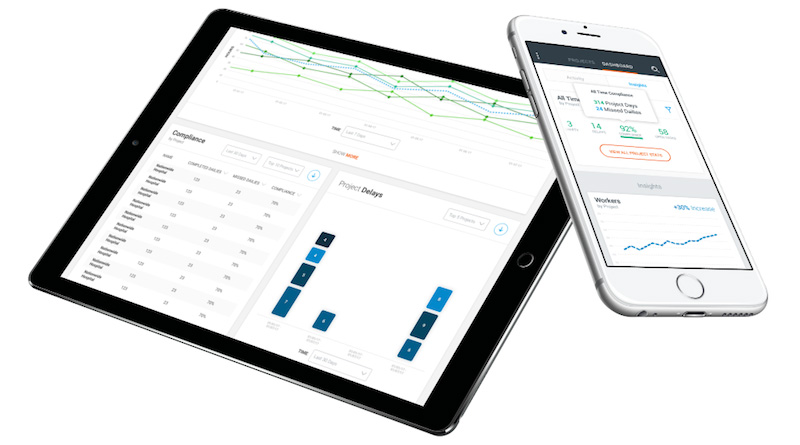New Technologies Aid in Compliance Reporting
By Jessie Fetterling
Technology continues to transform the corrections industry as new ones emerge onto the market. While traditional compliance reporting involved simply recording notes using pen and paper, mobile-device apps have made it much easier to manage daily compliance workflows.

Photo Credit: Raken
Correctional News spoke with Dr. Sergey Sundukovskiy, co-founder of Raken, one of the compliance-related apps on the market, to discuss the growing technology trends and how they relate to compliance reporting.
Q: Describe the traditional method of compliance recording.
Sundukovskiy: The traditional method of compliance recording involves pen and paper. The superintendent or job foreman makes handwritten notes and files them away in a paper binder. Project managers, office personnel and owners review these notes on a semi-regular basis to understand the status of the project.
Q: What new technologies are available to make daily compliance reporting easier?
Sundukovskiy: There are a number of new and emerging technologies that are destined to disrupt the construction industry in general and construction daily compliance reporting in particular. One of the key tipping points in the construction industry in the context of technology was a wide availability of mobile devices with high-resolution cameras and an ability to run native applications that facilitate daily compliance workflows. Raken takes full advantage of the smart device capabilities to facilitate voice activated or interactive mobile app communication and daily work log management. We are also on the cusp of another set of disruptive changes in technology in general and construction technology in particular. We are starting to see the initial use of drones, virtual reality, augmented reality, predictive modeling spurred by maturing cloud and big data/fast data capabilities. All of these emerging technologies will find reflective application in the construction industry.
Q: What benefits are there to using these technologies?

Sundukovskiy: Most of the general technological advances are targeted at gaining efficiency and improving accuracy. Above mentioned technologies are certainly not an exception. For example, predictive project modeling can be used to achieve greater accuracy in project estimation, where drone photography can be utilized to gain efficiency in job-site surveying and monitoring.
Q: How did the idea of the Raken app come to fruition?
Sundukovskiy: Raken was a customer-driven collaboration effort between Founder and CEO Kyle Slager and nearly 100 prospective clients in the industry. Slager believed that when we started this company there weren’t great mobile solutions for the everyday workflows of field personnel and that one of the greatest pain points in the industry was daily reporting. Now, with more than 2,500 customers, the feedback has been incredible, and Raken has added additional work flows based on customer feedback. For example, since launching with daily reporting, the company has added photo management, customized safety reporting and executive dashboards for office personnel as well as automated the collection of daily reports from subcontractors to general contractors.
Q: How do apps like this serve a greater trend in the correctional industry?
Sundukovskiy: Mobile apps like Raken, dealing with various aspects of the construction industry, points to a general trend of technology disruption. Construction has always been one of the industries that are late adopters of the emerging technologies. Raken is among the latest crop of technology startups dealing with the construction industry, and it is certainly bucking the conservative image of the industry.
Q: What is the future of compliance recording in the construction industry as a whole?
Sundukovskiy: The vector of development in compliance recording in the construction industry is along the lines of the previously mentioned technologies. One specific emerging area of development is related to machine learning and image recognition. Automated image processing, tagging and identification have been long coveted for compliance purposes. Using Artificial Intelligence to identify compliance problems would result in greater precision, early detection and considerable time savings when compared to similar activities performed by a human.

